50+ Eco-Friendly New Year’s Resolutions To Try in 2024
Are you ready to set one or two new climate action goals? Take a look at this list of more than 50 eco-friendly New Year’s resolution ideas (that you can start any time of year). It’s too much to tackle them all at once. So choose a few green New Year’s resolutions that resonate with you and your family.
And feel free to scan the list first. I’ve included some tips and ideas for each of them but tried to make it easy to scroll through and quickly find the ones that feel most accessible to you.
Commit to being an advocate and steward of the environment. Mother Nature needs our help more than ever, and we all have the power to make our planet healthier. There’s no better time to start than now.

When the calendar flips to a new year, it gives us all a chance to stop and reflect on where we have been, where we’re headed, and where we want to be in the future. Climate change and stewardship to our planet are top of mind going into 2024 (and really all the time given the severity of the climate crisis).
Try an eco-friendly New Year’s resolution any time of year | Anytime is a great time to start practicing more sustainable living habits, and the new year feels like an especially poignant time to make a sustainable resolution or set an eco-friendly goal to partake in efforts to save our planet from the turmoil of climate change.
Change is about more than consumption | Many eco-friendly resolutions and sustainability goals focus on consumption, but planet-friendly living is about circularity. That Circle of Sustainability includes how we get it, use it, and pass it on.
If you aren’t ready to make sweeping changes to your consumption habits, focus on changing habits around how you use and pass along things you own. Those aspects of the Circle of Sustainability are just as important.
Start with one or two green New Year’s resolutions | I’ve included a list below of more than 50 eco-friendly New Year’s resolutions to consider for your life. Don’t try to tackle them all. Not all of them will apply to everyone.
Further, habit change is gradual, takes time, and is often facilitated by structural change in our communities. Wherever you are in your journey toward a more Earth-friendly lifestyle, commit to small steps of change.
Find one or two or a few of the resolutions below that resonate with you. Give yourself grace if you don’t execute perfectly. Just keep trying, little by little. Let me know in the comments which you plan to try. I’d love to hear!
Top 10 Eco-Friendly New Year’s Resolutions for Families
Each of the following eco-friendly New Year’s resolutions is included in more detail in the list below. However, I wanted to call out my 10 favorite sustainable New Year’s resolutions that I think are perfect for families to make together. Resolutions are so much easier to keep and prioritize when shared with others, and they can be a great way to bring a family together when everyone agrees on them.
- Sign up for your Buy Nothing or community gifting group
- Get a Library Card
- Hike as a Family
- Elevate Your Laundry Habits
- Buy Only Secondhand Clothes
- Commit to Weekly Meal Planning
- Swap Out Your Toilet Paper
- Buy No New Art Supplies
- Bring Your Own Water Bottle (Everywhere)
- Reuse Glass Containers and Other Food Containers
50+ Sustainable Living Goals For Families
Eco-Friendly New Year’s Resolutions for Your Life
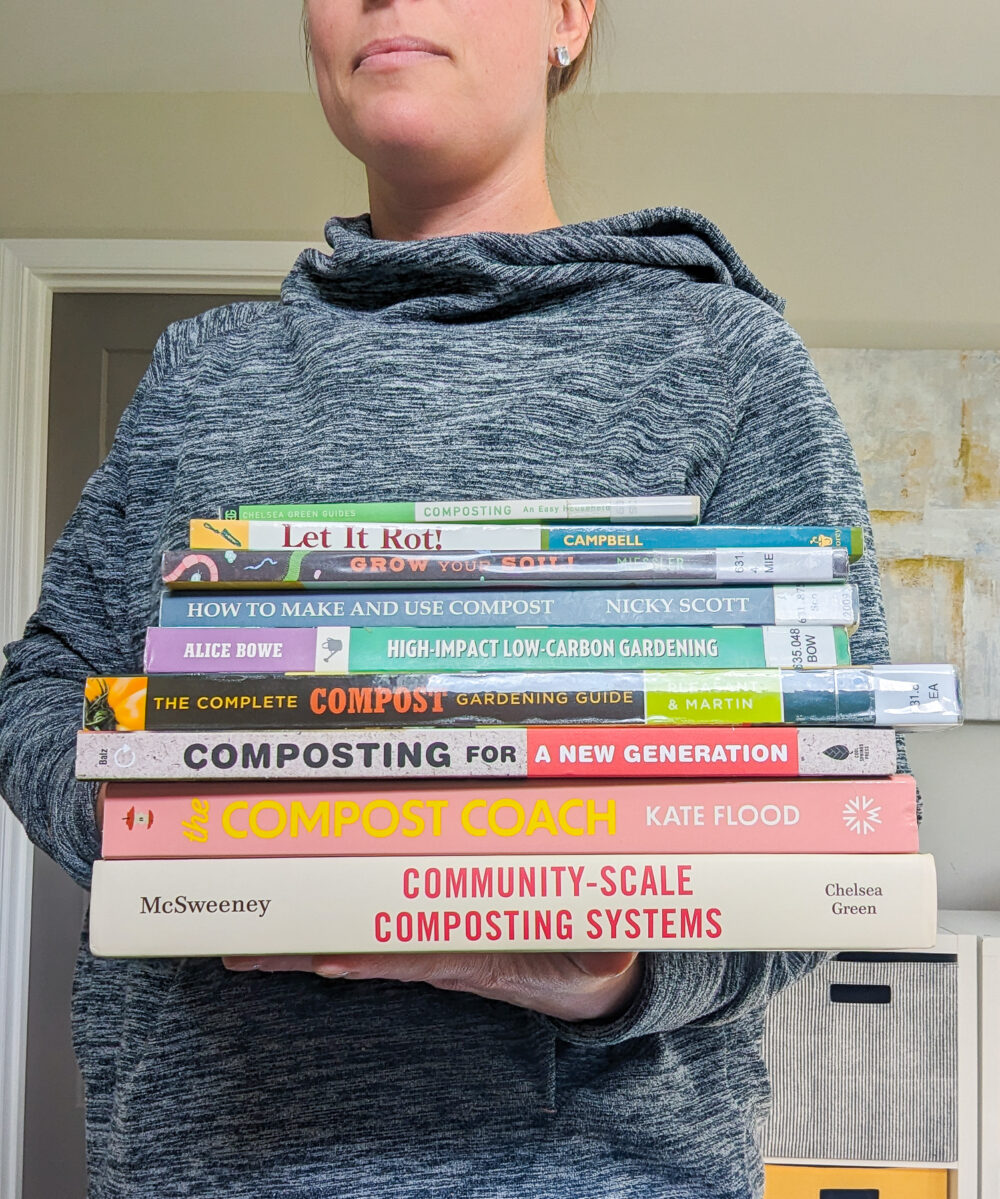
Educate Yourself
Find some books to read, courses to take, blogs to follow (like this one 🙂 shameless plug), podcasts to listen to, and other resources to learn more about the various facets of eco-friendly living. There are so many components and complexities to climate change and a healthy planet.
Find a few resources that resonate with you, and learn a little bit each day, week, or month. Don’t feel obligated to learn it all right away. Learn a bit here and there, and you’ll be a pro sooner than you think.
There are tons of creative sustainability influencers on social media sharing easy and unique ideas. You can check out the Honestly Modern Instagram if you’re looking for one to start. 🙂
I shared a few composting books I found useful that you could check out from your local library. I read quite a bit and share about other books I read as well, many of which have sustainability angles to them. In 2020 and 2022, I planned to host a virtual eco Book Club. It never came to fruition but I did post the books I planned to include, so you can see those lists for more ideas. (2020 book list and 2022 book list)
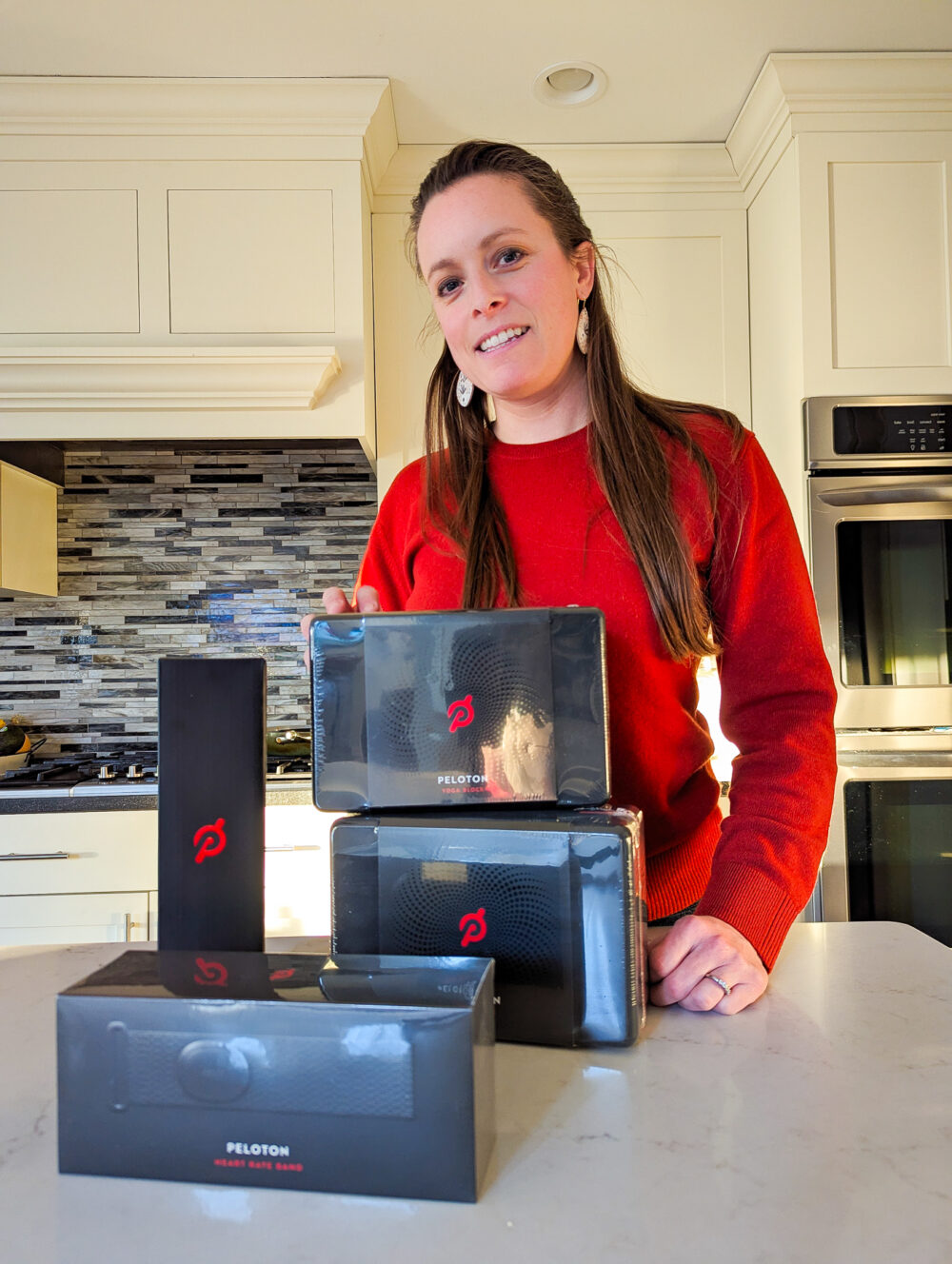
Join Your Local Community Gifting Group (Buy Nothing)
If you haven’t joined a community gifting group, would you consider trying it as a New Year’s Resolution? You never know what people will offer up! I recently got brand new Peloton workout accessories from my Buy Nothing group, and people give away all sorts of good things. Maybe secondhand isn’t what you think?
You can always lurk a bit and find out how your gifting group works before giving or requesting anything. There’s no commitment to participate just by joining, so what do you have to lose?!
Even if you’re not ready to accept secondhand, start as a gifter. ‘Tis the season for decluttering, and it’s way more fun to gift your things to people who want them than toss them in the trash!

Buy Only Secondhand
There are so many ways to consume secondhand from thrift and consignment shops to online resale sites, garage sales, swaps, Buy Nothing groups, Facebook Marketplace, Freecycle, and more. I’ve been surprised at how much I can find secondhand with a bit of patience and practice.
Setting out to buy (or obtain for free) secondhand for an entire year might be a bit much to bite off at once. If that’s the case for you, consider committing to buying only secondhand for a set time or a certain type of item (clothes, books, etc…). In addition to the direct benefits of buying secondhand, it’s a great way to learn more broadly about the secondhand markets available to you.
Check out our Consumption Guide for all sorts of resources on shopping secondhand, using Buy Nothing, Facebook Marketplace, Mercari, thredUP, and other gifting or resale communities.
Host a (Fill in the Blank) Swap
What do you have more of than you need? Maybe you have a closet full of clothes you no longer wear. Your kids may have a plethora of toys, clothes, or books they have outgrown but are still in great condition. Many of us have small kitchen tools and appliances we rarely use.
How about hosting a swap with friends? Gather friends together, and have each person bring their contribution. Then let everyone choose one or two items to take home to refresh their collection without buying a single new item. Here are some ideas for swaps you could host:
- Adult clothes
- Kids clothes
- Books
- Plants
- Small kitchen appliances
- Art supplies
- Sports equipment
- Baby gear
Host a Silent Auction of Secondhand Items for Charity
Similar to a swap, consider hosting a silent auction of secondhand items for charity. This could be particularly helpful if lots of items will be at different price points, which could make a swap more difficult or feel unfair.
Each person brings one or two items to donate to the auction. Then everyone bids on the items and all proceeds go to a designated charity. Keep the starting bids low as items are secondhand and price points should reflect this. This, however, can be a great way for someone to snag a handful of “new to them” items for just a few dollars and all proceeds benefit an organization that is important to you or the group.
Ditch Amazon (or at least Amazon Prime)
Have you tried breaking up with Amazon? Amazon has a stronghold on many parts of our lives and owns more companies than you might realize. Consider getting rid of your Amazon Prime membership.
We spent 2019 ‘mostly’ breaking up with Amazon and finally cut the cord for Amazon Prime in 2021. We haven’t looked back for a hot second. I still buy something from Amazon once or twice a year when I just can’t find it anywhere else, but I’m not a fan of the marketplace in general. I think it’s declined in quality a lot recently.
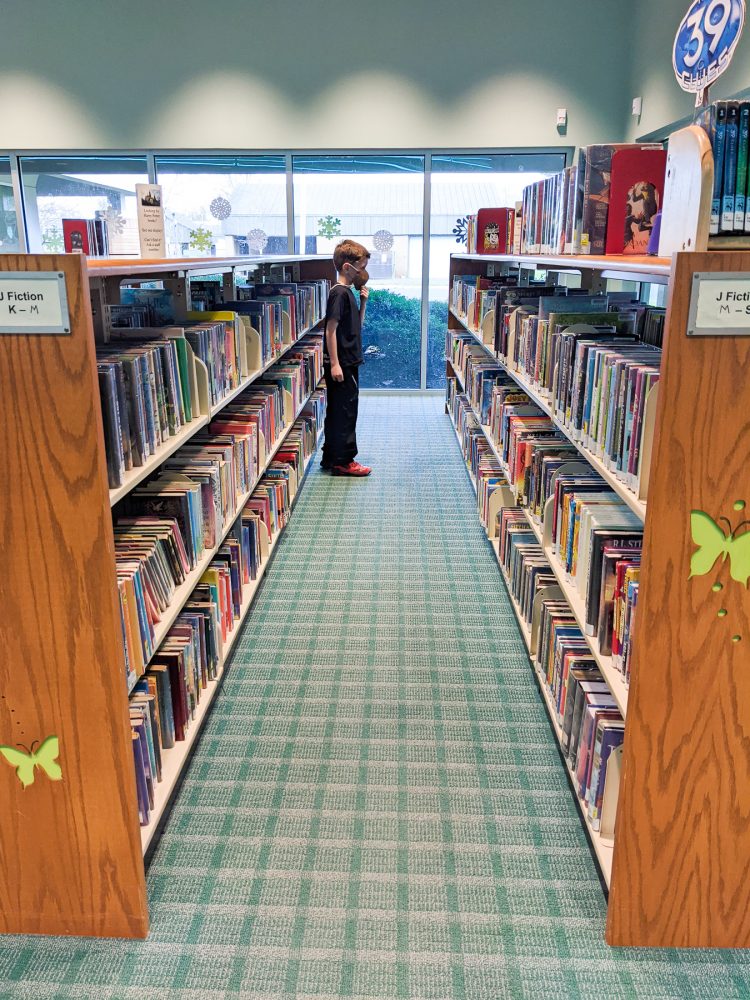
Get a Library Card
Have you been to your local library lately? Chances are they lend out a lot more than books, and it’s pretty much all free. Why buy books from Amazon when you get them for free from your library?!
Most libraries also have lots of free or inexpensive programs to fill your afternoons and weekends, and they lend out everything from puzzles and movies to museum passes, kitchen tools, and nature exploration kits.
Libraries are also really important to the well-being of a community, acting as a civic community center and resource for everyone, no matter their means. If you can’t already tell, I’m a big fan of libraries and have shared 10 ways to make the most of your local library. This might be my very favorite recommendation on this list!
Donate to Environmental Charities
To the extent you are able, donate resources (time or money) to environmental non-profit organizations. Individual eco-friendly lifestyle changes are really important to shifting a culture built on consumerism and exploitation of our planet’s resources.
However, we also need organizations driving structural change to make it easier for everyone to participate in more eco-friendly living. Choose one or two organizations that resonate with you and donate to their efforts. If you’re not sure where to start, consider these questions to get some ideas flowing.
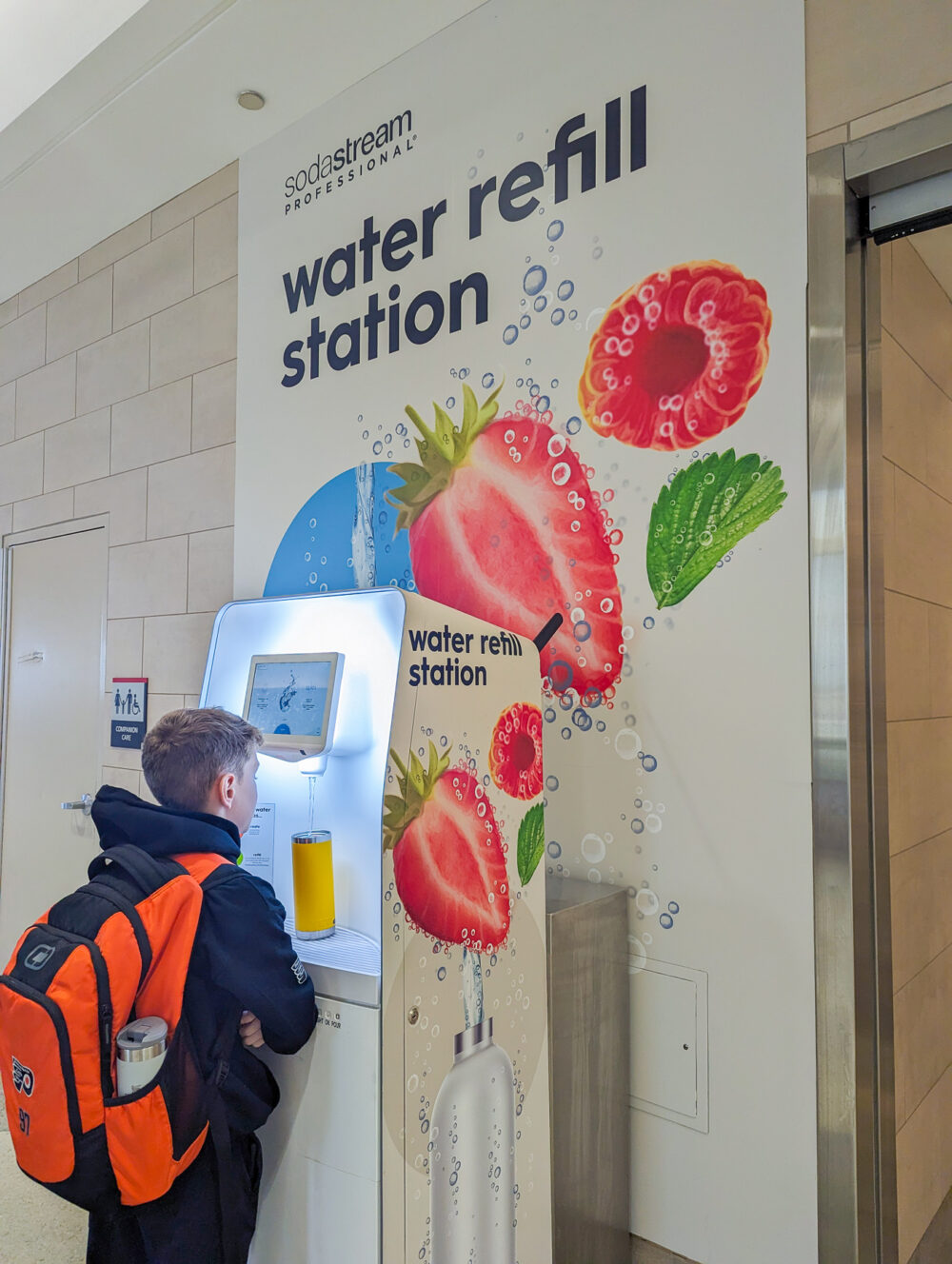
Bring Your Own Water Bottle
Many people carry around water bottles but some estimate that we use about a million water bottles per minute around the world. That’s crazy! Even if we carry water bottles, I don’t see many people using their water bottles at places like fast-casual restaurants.
Don’t be afraid to take your water bottle with you everywhere (it’s good for your health too). Commit to ditching not only plastic water bottles but also plastic cups and all the single-use containers offered by restaurants, grocery stores, and other outlets when a water bottle works just as well.
Eco-Friendly Living Goals for Your Closet & Clothing
Make One Article of Clothing
It’s easy to buy boatloads of clothing when we do not understand the extent of resources used to make and transport them into our lives. However, when we make our clothing, we begin to understand the work and resources required to bring them to life. As a result, we inherently value them more.
Consider trying to make just one article of clothing during the year. You may have to learn a new skill to knit a scarf or sew a t-shirt, but it could be quite the eye-opening experience
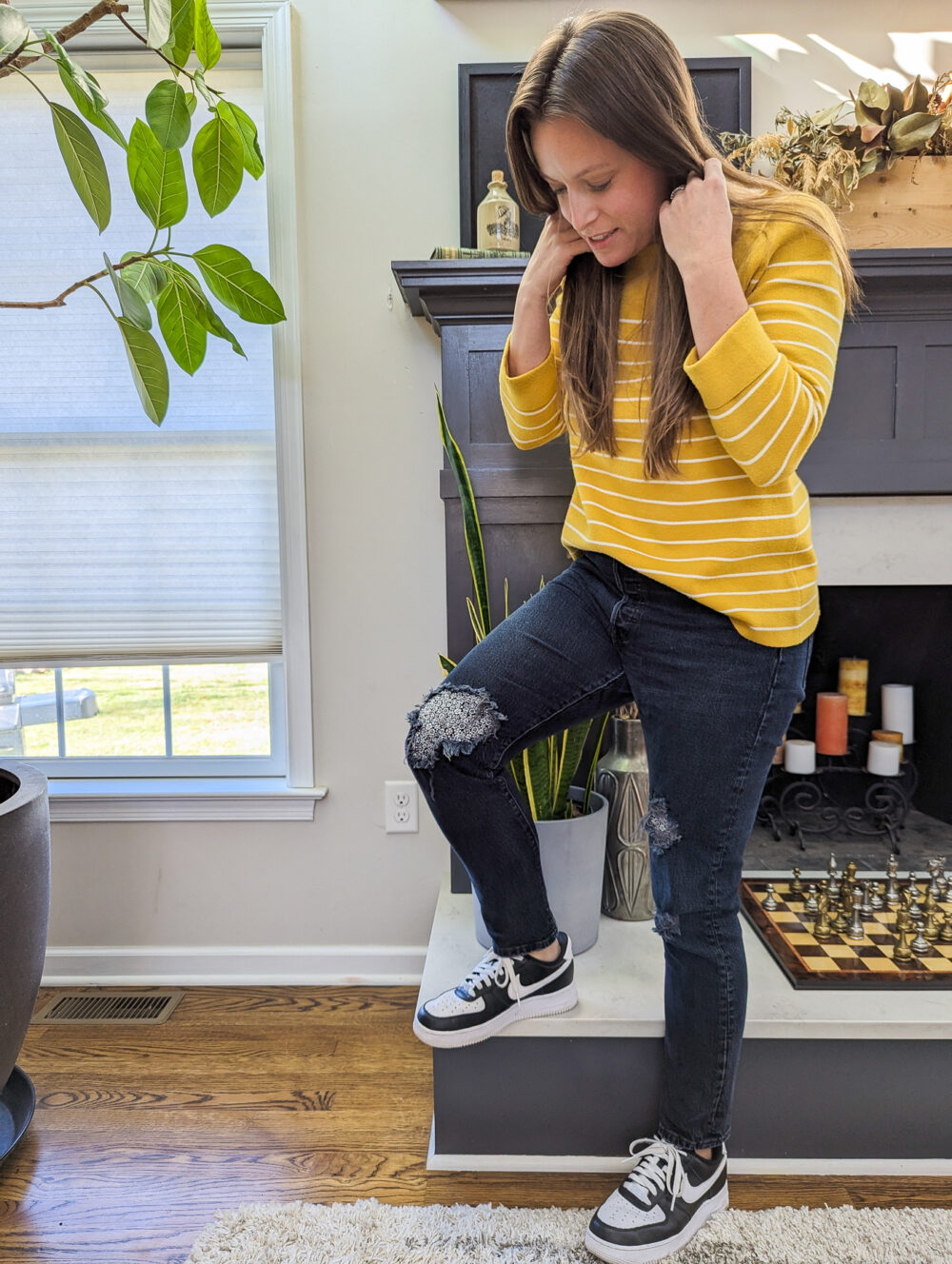
Mend One Article of Clothing
All too often, clothing ends up in the trash due to a missing button, a small tear, or a little stain. With a few simple skills and resources, we can mend our clothing to make it last much longer, save money, and keep clothing out of landfills.
This year, when something small breaks on your clothing, replace the button or hand stitch a seam that split. If you don’t have time, pay someone to mend your clothing. Got a jacket with a broken zipper? Take it to a seamstress for a quick fix if it’s out of your league.
You could also try visible mending, a more artistic alternative to mending that not only fixes a hole or imperfection but adds an element of unique character to your clothing as well.
Rent Clothing
This is becoming much more commonplace, especially for special occasion clothes we wear only once or twice. Instead of buying a fancy new dress, rent it from a company like Rent The Runway.
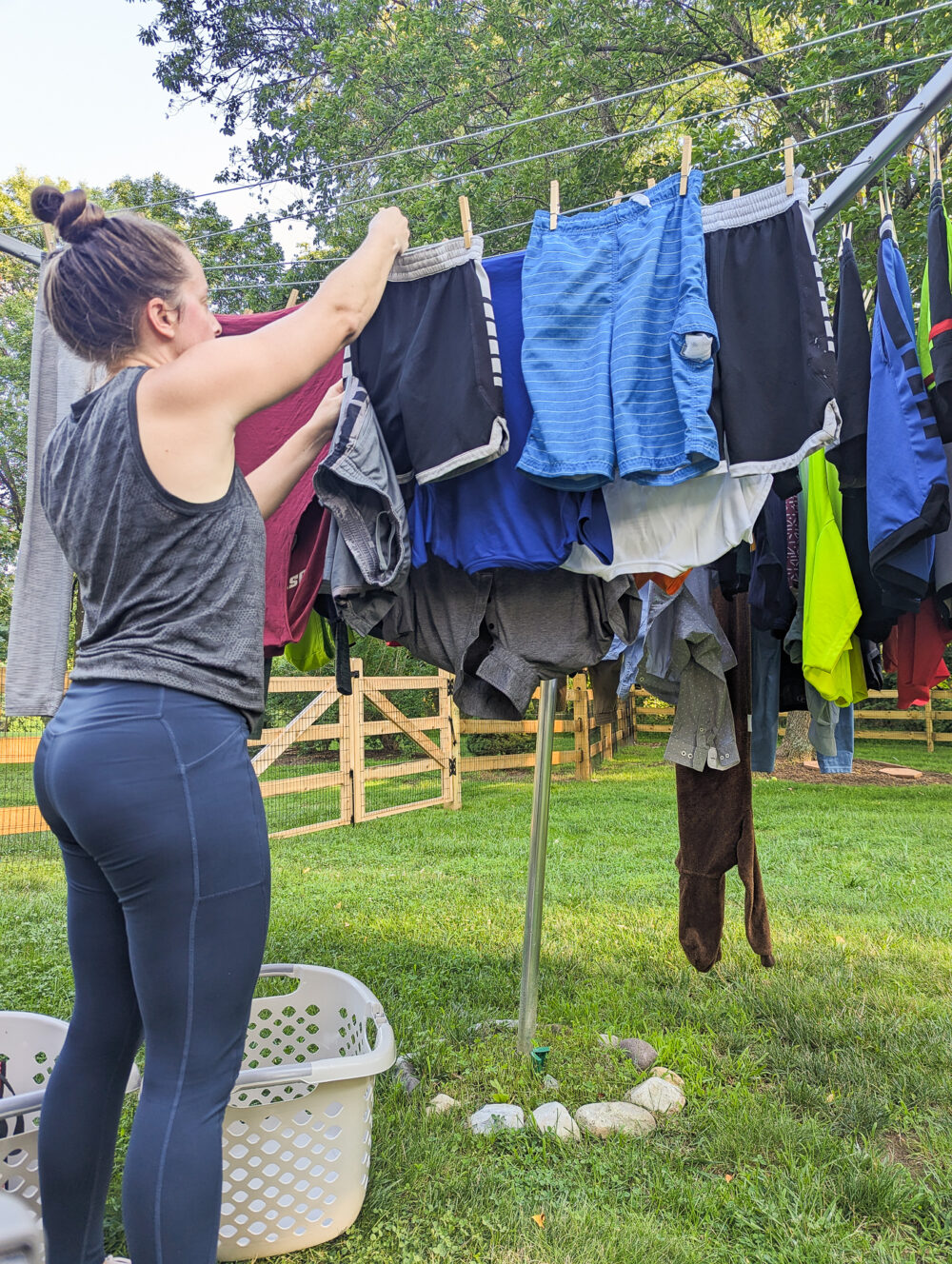
Update Your Laundry Habits
Clothes washing constitutes almost 40% of a garment’s environmental impact. Dryers use lots of energy. Certain types of fabric shed microplastics into the water cycle during washing ultimately polluting our waterways and oceans. Many detergents and laundry products are loaded in chemicals. Further, washing clothes wears them out faster.
This year, try line drying to reduce the use of your clothes dryer. Consider using more sustainable detergents like detergent sheets or powder. More simply, wash your clothes less often, only when they are truly dirty. If they pass the smell test, put them back in the drawer or the closet and wear them again. Save yourself the time, energy, and money of over-washing and drying essentially clean clothes.
Avoid Dry Cleaning
Dry cleaning typically uses many chemicals that are bad for the environment, pollute waterways, and aren’t great for the health of the workers. It’s also expensive. Resolve to buy only clothes that do not require dry cleaning.
For clothes you already own that require dry cleaning, dry clean them less often. Let them air dry, maybe even outdoors, to freshen up. Try Dryel and use it once or twice before doing a full service dry clean on your clothes.
Buy Only Secondhand Clothing
Committing to secondhand purchases for all aspects of life is a bit more challenging than focusing on just clothes, especially if you’re new to secondhand shopping. Whether it be for the whole year or just a set period, consider resolving to buy only secondhand clothing for yourself (and maybe even your family). Online resale has many great options, and ThredUp is an awesome place to buy secondhand online. Local consignment shops for adults and kids are great alternatives too.
Support Local Artisans
We often default to buying clothing from big box stores because it’s convenient. Local artisans, however, make high-quality products and keep the benefits of our dollars spent in the community. It also reduces the carbon footprint of clothing traveling around the globe to arrive in our closets.
Find one or two local artisans to support when you need to buy something new. If you’re feeling ambitious, commit to buying a certain portion (or all) of your new clothing from local artisans and makers.
Related Reading: 9 Environmental and Economic Reasons To Support Local Business
Buy Primarily Natural Fiber Clothing
Many clothes today are made of fabrics like polyester that are ultimately produced from oil. They are essentially plastic and, when washed, shed microplastics into our waterways. These microplastics are hard to filter out of water systems and end up polluting the oceans and rivers. Further, because the clothes are made from oil, they do not decompose in landfills.
Clothing made of natural fibers, however, such as cotton, wool, and linen, is a byproduct of agriculture. These organic materials decompose easily in composting facilities and are much easier on the environment.
Commercial cotton uses pesticides and other chemicals, as well as a lot of water, so organic or sustainably produced cotton is a better alternative. But natural fibers overall are generally better, all around, than the oil-based fabrics that are piling up in landfills exponentially. This year, read the labels when you buy clothing and look for natural fibers, whether it be new or secondhand.
Eco-Friendly Living Goals for Your Community
Encourage Friends To Be More Aware
Albeit gently and with compassion, share your knowledge with friends and encourage them to consider the environmental impact of their actions. Be sure to do this compassionately and periodically, particularly if friends and family are not already involved or attuned to the issues.
Be gentle and give grace. Don’t be overbearing. And don’t expect anything in return or expect action. It’s just a gentle nudge when it makes sense. Some might argue that’s not enough, but I don’t think aggressive messaging or expectations are productive. Maybe you can even try one of the eco-friendly resolutions on this list together. Achieving a goal is always better as a team.
Research Your Local Leaders
Sometimes we feel small regarding politics and structural change. It’s hard to feel like we’re having an impact. However, it can be a bit easier to have an impact locally than at the federal level, so consider getting to know your local municipal leaders and representatives. Do they represent your values and have similar priorities?
Commit to getting to know the positions of your local leaders and communicating with them to share agenda items that you think they should prioritize. Tell them why certain issues matter to you. If we don’t speak up and let our local leaders know what matters to us, they can’t serve the community in a way that serves each of us as well.
Vote in a Primary or Local Election
Local elections matter. In addition to communicating with local leaders, resolve to vote in the primary or local elections this year, particularly if it’s not something you’ve done in the past. Primary and local elections can have a big impact on the communities and neighborhoods in which we live. Commit to cast your vote, even if it’s not a presidential election, because chances are your vote will matter locally as much or more than it does at a federal level.
Participate in an Activism Event
Last year, we saw a significant uptick in climate activism events. If possible consider joining one of these events and be a bold voice for those who cannot speak for themselves.
Regular Hikes and Trash Pick Up Walks
I think one of the best ways to appreciate nature and develop a desire to protect our Earth is to enjoy and immerse ourselves in the fruits of its goodness. This year, set a goal to take a family hike, go on a nature walk, explore a local conservatory, or find other ways to immerse yourself in the beauty of nature, right in your neighborhood.
I was not familiar with all of the nature trails and hiking paths around our area, but I recently found Circuit Trails Philly. They share information on their website and on Instagram about places to walk, jog, bike, and hike, throughout the Philadelphia area. You can search for something similar in your local area to discover ideas for places to hike and walk with your family and friends. Here are a bunch of ways to find places to hike wherever you are.
This past year, I set a goal (for my birthday) to do 40 hikes to celebrate turning 40. It’s been such a fun and rewarding journey and a great way to get outside and appreciate nature. You could even incorporate litter pickups into your outdoor adventures with family or friends. That’s a double eco-win! And if you need some outdoor gear, here are great places to find hiking and outdoor gear secondhand.
Start or Steward a Little Free Library
Little Free Libraries are stand-alone mini-libraries, supported by those in the hyperlocal community. They are small, simple boxes that hold a couple of dozen books, and community members take or leave a book as they please. Not only do Little Free Libraries offer a great way to share and reuse good books, but they also create a sense of community and get our kids excited about reading. It’s a win all around.
Consider creating a Little Free Library in your yard or at a local community center. If you’d prefer not to own it, be a good steward to one in your neighborhood that already exists. Drop off a few books once in a while, keep it organized, and tell friends to use it as well. You can find a directory of Little Free Libraries all over the globe on their website.
Eco-Friendly Living Goals for Your Kitchen
Reuse and Upcycle Bags and Containers You Already Have
We buy so many items from the grocery store that come in containers we can clean and reuse. Glass jars and bottles are some of the easiest and most helpful containers I reuse regularly. Clean glass jars and bottles, remove the labels, and use them throughout your kitchen. You can also use them for storage, home decor products, and more.
Further, reuse plastic bags like zip-top bags. These are high enough quality that they can endure many uses before being discarded. Although it seems silly, reusing these bags just a handful of times adds up; it’s a function of math I shared about more in this post.
Reduce Plastic Waste From Grocery Shopping
Bring your own bags to the grocery store or try shopping in the bulk food sections in order to reduce plastic. In the United States alone, we use 100 billion plastic bags per year and each family accumulates 60 plastic bags of various varieties in just 4 trips to the grocery store. That’s crazy and so wasteful!
Much of the plastic we use to carry groceries home is used for just a few minutes and can be easily replaced by reusable bags and containers. If you’re not already bringing your own bags, this is the year to start! They are easier to carry as well, so it’s a better solution all around.
If you’re feeling ambitious, resolve to make your bags from old clothes or fabric scraps you already have. Fabric remnants from a thrift shop could work as well. I set a resolution to make at least a few of these this year to add to the collection I have and use regularly.
Shop at Farmers’ Markets & Local Vendors
Buying local food and produce reduces the carbon footprint of the food, encourages investment in your local community, and often results in better quality food. It’s fresher and not a product of a commercial agriculture system that contributes dramatically to climate change.
Over the last few years, we’ve transitioned some of our grocery purchases to local delivery services that offer goods from regional farmers. We also place one or two orders per month with Misfits Markets, a food rescue organization that sells food at discounted prices that otherwise would have been thrown out.
Pick a percentage of your food consumption to buy sustainably that’s reasonable for you and is maybe a bit of a stretch. Over time, you can increase this number as you become more familiar with vendors and shopping locally becomes a habit. Check out our series on sustainable food shopping for more ideas about how to make your grocery trips and food purchases more eco-friendly.
Map Local Food Vendors and Markets in Your Area
This makes shopping locally a bit easier. Do some internet research and start a map or list of vendors, farmers’ markets, and other places to buy local food in your area. As the list grows, shopping locally will become easier over time.
I’ve started to find local vendors by searching online and using Instagram. When I search for one or two local food vendors I know on Instagram, I use the app’s related accounts feature to search for new ones. I’ve had great success with this.
Throw a Zero Waste Dinner Party
With a little thought about the menu, trading plastic for real plates and utensils, and sending leftovers home with guests, you’ll be closer to a zero-waste dinner party than you might have thought. I haven’t accomplished this with perfection, but we’ve had many parties in the last couple of years that had far less waste than in the past.
We have compost buckets for food waste, offer drinks in recyclable containers, have reusable cups for water from a pitcher or the fridge, and have reusable plates and bowls so we don’t end up with a deluge of single-use alternatives in our trash bin.
Commit to Meal Planning
Nearly 40% of our food ends up in the trash. It takes many paths to the landfill, but wasted food in homes is a major contributor. Meal planning significantly helps reduce food waste and makes it easier to get a healthy dinner on the table, despite the chaos and activity of everyday life.
Commit to making a meal plan each week and doing your best to follow it. I’ve been diligently planning meals every week for a couple of years, and it’s so helpful. I used to have a dedicated notebook and now I use an Etsy template on my Remarkable2.
I don’t follow the plan every night as things come up and schedules change, but having it as a base is helpful and reduces so much stress and food waste. Meal planning might not seem like an eco-friendly resolution on the surface, but it can really help limit food waste.
Eco-friendly Living Goals for Your Bathroom and Personal Hygiene
Swap Your Toilet Paper
Instead of lugging home large packages of toilet paper from a big box store, order recycled bamboo toilet paper packaged with no plastic from a brand like Who Gives a Crap. It’s a more convenient and environmentally friendly toilet paper alternative. In addition to offering more environmentally friendly toilet paper, they donate 50% of their profits to organizations helping bring toilets to those around the world without proper sanitation infrastructure.
Modify Your Menstrual Habits
There are many alternatives to traditional menstrual care products. Companies offer 100% cotton tampons, free of chemicals often included in traditional tampons. You could also consider reusable period panties or a menstrual cup.
Each person will have a solution or two that works best for them, but there are a variety of sustainable period products that help reduce the plastic and chemicals seeping into our bodies and lingering in our landfills from traditional tampons and feminine products.
Also, don’t forget that most period products are eligible for HSA and FSA purchases. Check out more details about a bunch of sustainable period products and what to know about using tax-free money to pay for them.
Brush Your Teeth Better
Resolve to keep your teeth clean in a way that has less impact on the environment. Try bamboo toothbrushes and silk floss, both of which are compostable, if you’re up for it. Although it requires a bit more work, some choose to use DIY toothpaste to reduce plastic packaging and limit the chemicals used to clean their teeth.
Harness Better Hair Washing Habits
Most of us only need to wash our hair a couple of times per week. Save time and money washing your hair less often. Also, consider options like shampoo bars that reduce plastic packaging for shampoo and conditioner. While not a perfect zero-waste solution, Shaz and Kikz is my absolute favorite sustainable hair care brand!
Amend Your Makeup Routine
Test out zero-waste or sustainable makeup and skincare products that fit your needs. Alternatively, resolve to use fewer of these types of products. Maybe skip wearing makeup on the weekends or wear less makeup when it feels less important.
Overall reduction of our consumption is a significant step to helping limit climate change, so using less makeup or skincare products (and using products with fewer chemicals and pollutants in them) helps reduce harm to the planet. This could also save money.
Somewhat through laziness, I’ve used significantly less makeup in recent years, using none at all more days than not. I’ve gotten used to how I look without makeup and don’t feel as uncomfortable or “underdressed” as I used to. Consider giving it a try! Maybe commit to wearing no makeup on weekends for one month and see how you feel.
Further Reading: I wrote an entire post on eco-friendly swaps for your bathroom, so check out that post as well for more details of some of the items above as well as additional ideas to make your bathroom more eco-friendly.
Eco-Friendly Living Goals for Your Technology
Install Ecosia Web Browser
Ecosia is a web browser, similar to Google, that financially supports planting trees around the world. Instead of profiting off advertising, they use a portion of the revenue generated from users clicking on sponsored content to plant millions of trees around the globe.
This might be the easiest New Year’s resolution on the list. It only takes a couple of minutes to download the Ecosia browser and make it your default browser on your computer settings. Then you can easily rely on Ecosia for all your internet search activities. I’ve been using Ecosia for a couple of years and shared more about it a while back.
Use the DoneGood App
After changing your default browser, add a Chrome extension like DoneGood to your browser. You can use Ecosia as your default search engine through Chrome, allowing you to also use the DoneGood Chrome extension simultaneously.
The DoneGood extension and app rate various companies on their eco-friendly and sustainable aspects and provide alternatives when searching on similar sites to the sustainable companies they have vetted in their directory. Here are a bunch more details on DoneGood, and it’s super easy to use.
Unsubscribe from Retailer and Consumer-Driven Email Lists
Too often, we’re tempted to consume more than we need by stellar marketing and sales that aren’t really sales. Commit to unsubscribing from substantially all retailer emails to limit unnecessary temptations to buy things you don’t need.
Triggers like retail emails encourage us to perpetuate consumerism plaguing our planet. Unsubscribing from the emails one by one can be a pain. I’ve used Unroll.me to make the unsubscription process easier.
Use Your Devices Longer (and Repair Them)
Tablets, computers, smartphones, and other devices don’t need to be replaced every two years or whenever the latest model is released. Hold on to them longer and use what you already own. Electronic waste is piling up in our landfills.
Save money by buying fewer devices and only buy what you need when you need it. Also, be sure to repair them when you can. Recently, the battery on my computer started to die and it couldn’t hold a charge. Instead of buying a new computer, I spent far less money on a new battery and the computer is working just fine now.
When it is time to discard your devices, be sure to find the appropriate home for them so they are properly recycled or disposed of.
Related Reading: 5 Ways To Reduce e-Waste at Home
Sell Your Devices to Resellers
Keep your smartphones, tablets, and other devices in the market longer by selling them or trading them with vendors who take used electronics. Many of them are refurbished and sold to new owners, extending the life of each device and reducing the number of new devices people end up purchasing.
Buy Refurbished Electronics
Save yourself money and buy refurbished electronics. We purchased a refurbished iPad from Apple for my son last year, and it was basically brand new. It came in original packaging and, despite being a slightly older model, had all the functionality he needed. No one is the wiser that’s not brand new (and our bank account is thanking us). For Christmas this past year, we bought our younger son a refurbished 3D printer. You’d never know it wasn’t brand new!
Related Read: 5 Easy Ways to Simplify Life by Leveraging Technology
Eco-Friendly Living Goals for Your Transportation
Swap Your Car For a Bike or Walking
Depending on where you live, work, and play, this may or may not be an easy or realistic resolution for the new year. That being said, consider opportunities where you might be able to ditch the car and walk or bike instead, even if it’s just for a portion of your trip. Not only does it offer environmental benefits, but more importantly, it accrues health benefits too. Here are some great resources to help you think about how biking might fit into your family routine.
Opt For a High Mileage Car or Electric Vehicle
If you’re in the market for a new car this year, consider options that have better gas mileage. An electric car could also be a good option. If your car is in good condition or your lease isn’t up yet, no need to purchase a new car yet. But when the time does come for a replacement, resolve to make a choice that is better for the environment.
We have one electric car and one gas-powered car. After driving the EV for two years, including several road trips in the EV, we are thinking about getting another EV when it’s time to replace our current gas car. My husband and I both love driving electric cars; they’re fast, fun, and convenient!
If you drive an EV, consider choosing time of use electricity rates if your utility offers them. They allow you to pay lower rates for electricity during off-peak periods, so you can charge your car during those off-peak times and pay much less for charging than you might otherwise.
Travel by Train Instead of Plane
Air travel has a significantly greater carbon footprint than any other type of travel. If you have access to train travel as an alternative to airplanes, resolve to travel by train instead of a plane when it’s an option.
I occasionally travel by train to nearby cities, and I think it’s much easier and more pleasant to take a train than a plane. When comparing timing and price, consider the extra time required to arrive early at the airport, get through security, board, etc… With respect to price, be sure to factor in costs for checked luggage, expenses that trains do not generally charge.
Eco-Friendly Living Goals for Your Home
Update Home Decor without Buying Anything New
If you’re planning to spice up your home this year, try grabbing all the updated decor from thrift shops, consignment shops, or other secondhand outlets like antique stores and estate sales. You may even be able to rearrange things you already have to update a space without spending a dime.
Unsubscribe From Catalogs
Similar to the resolution to unsubscribe from retail emails, unsubscribe from catalogs you receive in the mail. This is a bit more of an undertaking than reducing email subscriptions. However, it offers a double benefit in that you don’t receive tempting offers to buy more than you need and it reduces the wasteful use of paper resources to make the catalogs. Paper Karma offers one solution to more easily unsubscribe from these mailings, though I’ve tried it and it’s not a perfect solution.
Add House Plants
House plants help to purify the air in your home. They’re also a great place to toss extra bits of water that are leftover in water bottles and cups, and they bring a small dose of nature into the home. I have a few houseplants (though I’ve gotten pretty good at killing most of them).
In past years, I’ve made resolutions to include more houseplants in my home. But this year, I’ve accepted that this resolution just isn’t for me. So my resolution for this year is to stop killing house plants (and buy that, I mean give away the ones I have that seem to be on the outs to friends who can revive them with some TLC). I gave away four small plants in my Buy Nothing group yesterday.
Upcycle Greeting Cards
Greeting cards have the perfect weight and designs to reuse and make your own thank you and holiday cards. Over the last year, I’ve made gift tags from all the greeting cards we’ve received throughout the year. We have plenty of gift tags now, so this year, I plan to use the greeting cards to make thank you cards with the boys.
For me, this is a bit of a two-fold goal, because I’m pretty terrible about sending thank-you cards. I hate seeing greeting cards go to waste after just one use, so I’m hoping this resolution will help me limit greeting card waste and be more diligent about sending thank you cards to friends and family… who definitely deserve them…
Buy No New Art Supplies
Use up what you already have and rely on upcycled materials like greeting cards, toilet paper tubes, catalogs, tissue paper, wrapping paper remnants, and anything else that makes its way into your home throughout the year. Chances are you already have enough supplies buried in nooks and crannies and art drawers in your playroom to meet the needs of your kids for many months to come.
Turn Down Your Heat or Air Conditioning by One or Two Degrees
Changing our thermostats by just one or two degrees saves money and reduces energy consumption. Turn down the heat and grab a sweatshirt. It’s especially easy to reduce the heat while at work or away on vacation when you’re not home to feel the colder temperatures anyway.
Resolve to turn down your thermostat when you leave and, if needed, turn it back up a degree or two when you get home. If you have an automated thermostat, reset the automated settings to one or two degrees cooler to save time and resources.
Eco-Friendly Living Goals for Your Yard and Garden
Start a Garden
Even if just a small garden or a few pots on your patio, try growing your own food. Gardens help us appreciate the resources and energy required to grow food. They also help teach kids about the life cycle from seed to table, so kids can understand that food doesn’t miraculously show up on grocery store shelves.
Given how much food we waste, we could all afford to appreciate and make better use of our food. If you already have a garden, maybe you can make it just a tiny bit bigger this year and share the excess with your local food bank. Most food banks are happy to have fresh, local produce to share with their patrons.
Start a Compost Bin
Composting is way easier than it seems, and it’s really hard to mess up if you have space for a backyard compost pile or bin. Before we started composting, the process seemed entirely overwhelming. Knowing what I know now, it’s so much easier than many of the books suggest.
We’ve created tons of composting resources for you. I hope to demystify composting and help more families start their own composting system, no matter how big or small, as we all do our part to create healthier soil and a healthier planet.
Plant More Pollinator-Friendly Plants
Pollinators like bees, butterflies, bats, birds, and more help pollinate many fruits and vegetables. Without these pollinators, we could have a significant gap in the food production cycle. Over the last few years, certain pollinator populations have declined, in part due to lost habitat and fewer plants to find food. Make a resolution to plant pollinator-friendly plants in your yard or garden to help the pollinators who work so hard to make sure we have plenty of fruits, nuts, and flowers.
Compost Your Yard Waste
Grass clippings and leaves are so good for the soil, whether it be on your grass or in your garden. Don’t throw yard waste in the trash or leave it at the end of your driveway.
Resolve this year to find a home for it to decompose over time. It will turn into a lovely hummus, rich in nutrients, that you can spread on garden beds or around your lawn to make the plants and grass healthier and happier. It bums me out to see neighbors blowing and raking up their leaves, full of carbon to feed their soil, and throwing those leaves in the trash.
Let The Weeds Be
Weeds aren’t always the enemy, and bare soil is more subject to erosion and drying out. A healthy garden doesn’t have to be Pinterest-perfect. Resolve to let at least some of the weeds provide cover for the soil, help the soil retain moisture, provide food for pollinators, be home for healthy insects, and keep your garden a little bit wild.
Even dandelions are great sources of food for bees and other pollinators, despite our cultural aversion to them. If you have a garden and the weeds have created stress in the past, you might be surprised how nice it feels to embrace the weeds for the value they provide and not spend the time fighting an endless battle against them.
Plant a Tree
Or three. Trees provide many benefits for clean air, shade, soil health, and more. Commit to planting a few extra trees in your yard if you have space, and let them continue to help make your yard healthier for many years to come. Consider it a bonus if you plant a fruit tree that produces food for you and your family!
Our List of 100 Eco Choices
We have not conquered all (or nearly all) of the resolutions above. However, I have been writing about some of our eco-friendly lifestyle projects and habits we’ve accomplished over time and hope to get to 100 Eco Choices for our family. If you want tidbits from our family’s journey toward more eco-friendly everyday living, be sure to check out 100 Acheiveable Ethical and Eco-Friendly Goals for Modern Families.
Opportunities To Reflect and Progress
Each year, the turn of the calendar is an opportunity to revisit progress toward previous goals and set plans for the upcoming year. If you’re looking to be a better steward of the Earth and take small steps toward reducing the impacts of climate change, consider taking one or two (or a few) of these ideas as sustainable living goals for you and your family.
As I mentioned above, don’t try to tackle all of them (or even most of them). These are just suggestions. Feel free to modify something in a way that works for you as well. Some are significant and others are smaller steps. All help perpetuate habits and cultural change by reinforcing our awareness of and commitment to the perils of climate change and our power to do something about it.
If you try any of them, please let me know in the comments what you’re planning for the new year. I can’t wait to hear!



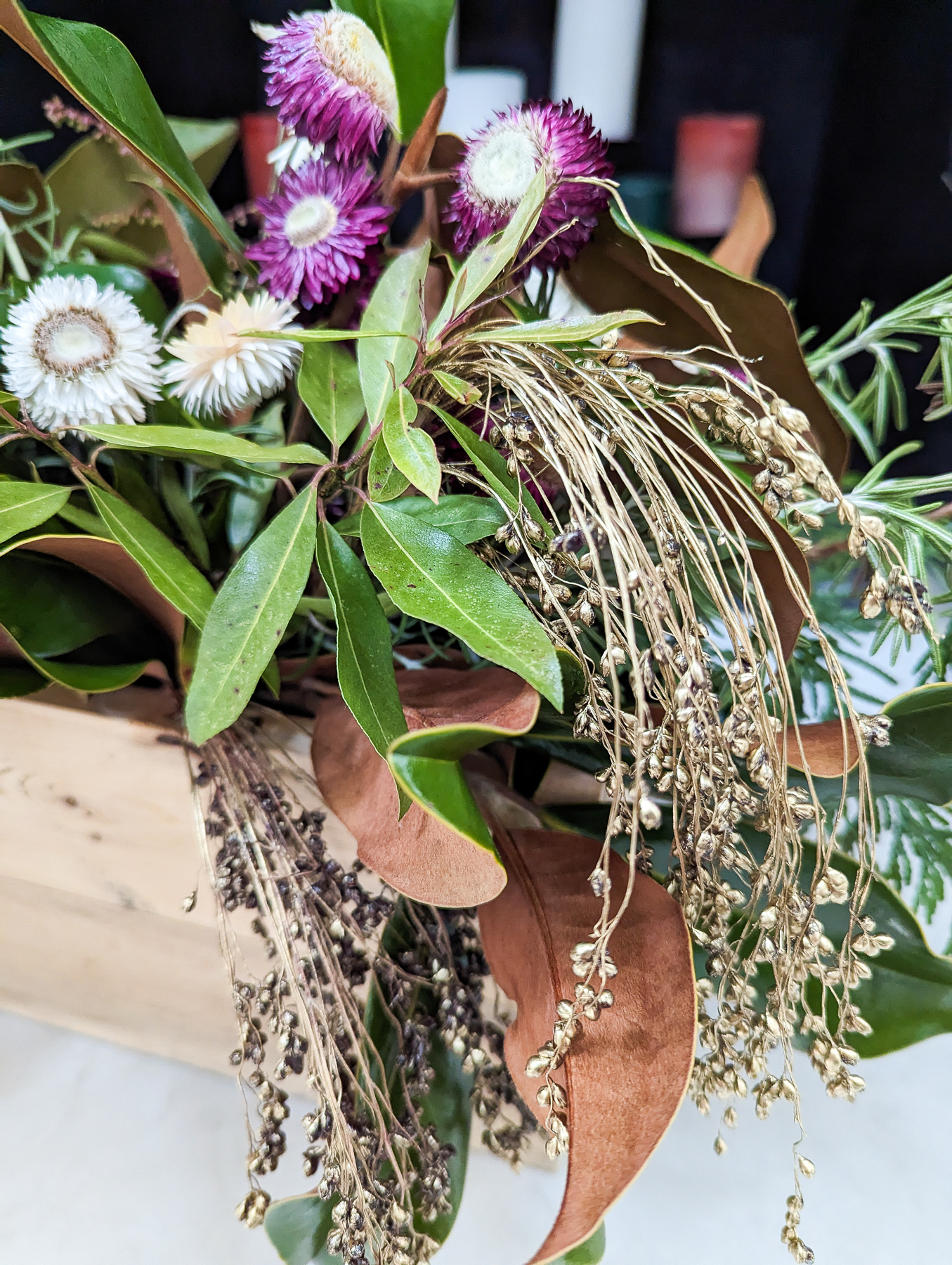
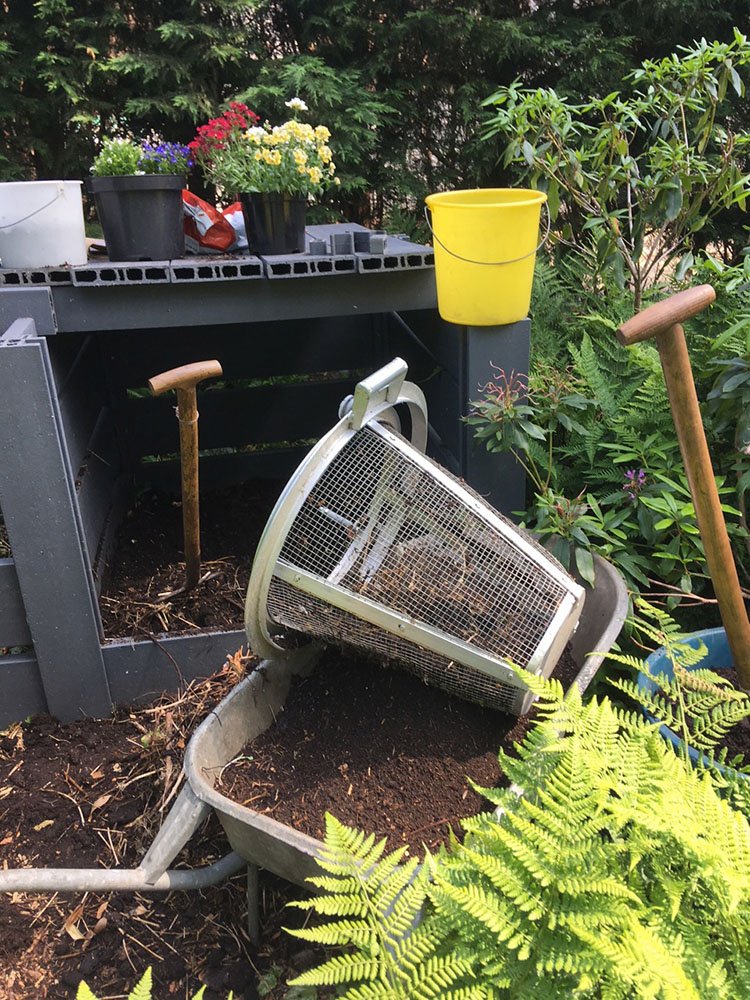
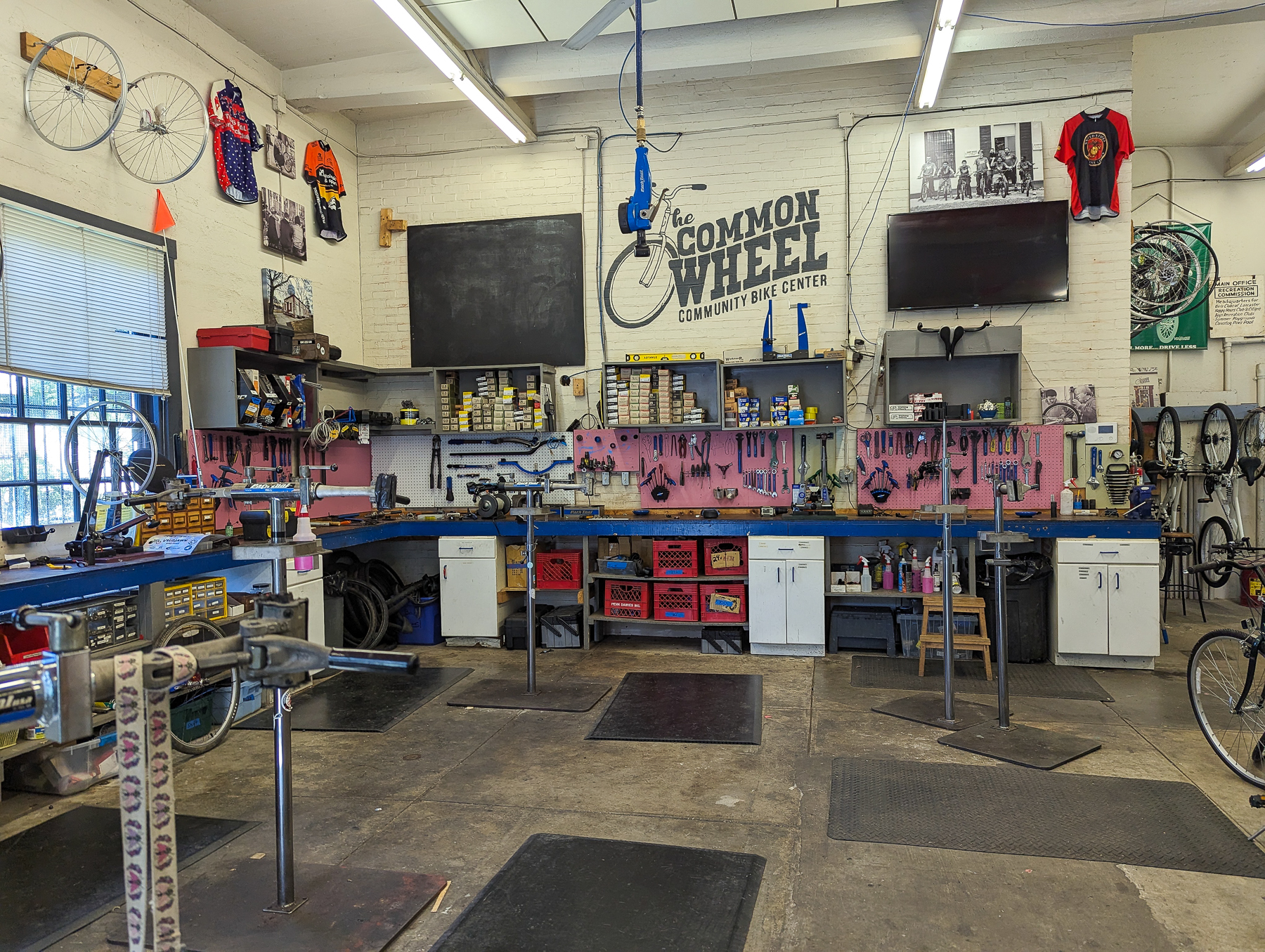
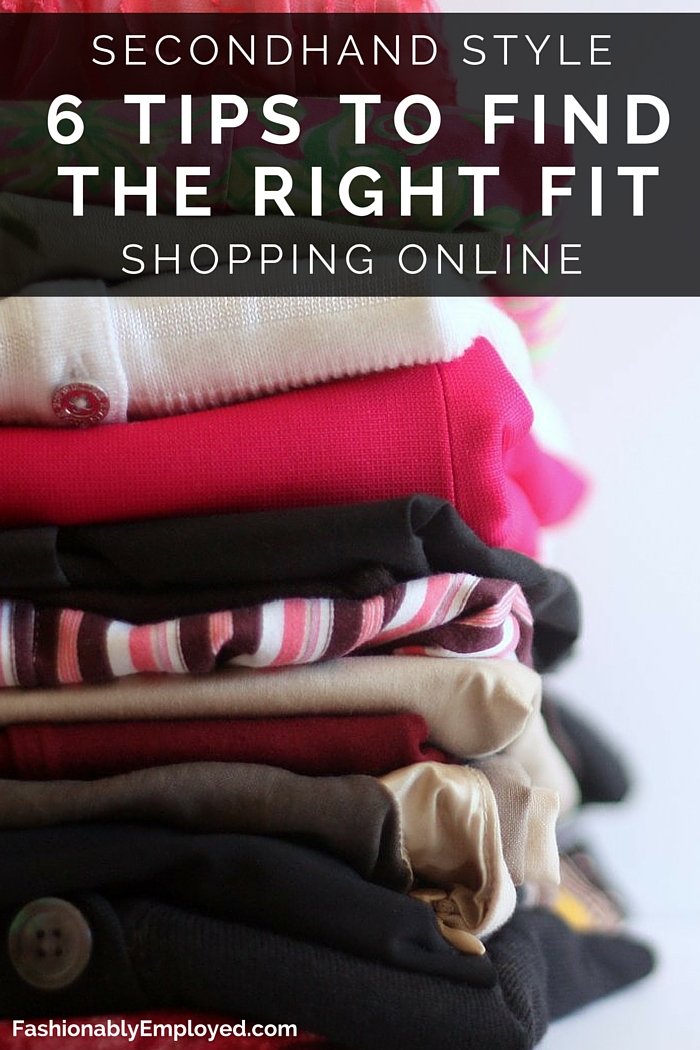

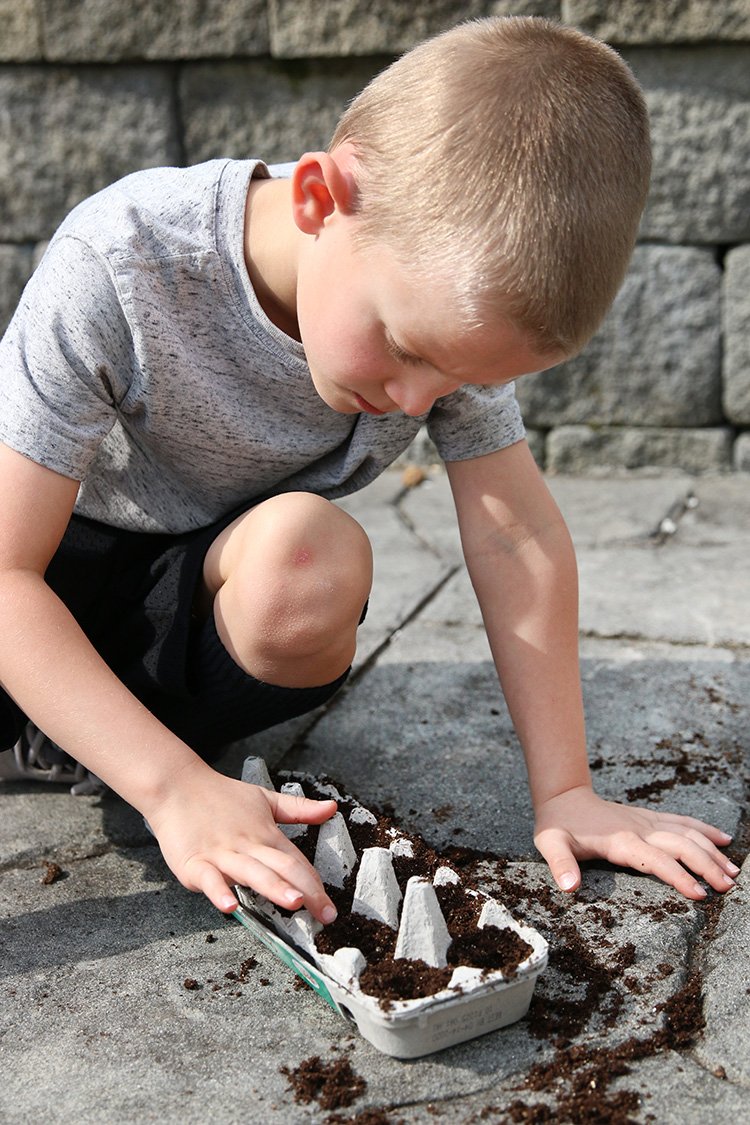

This is such a great list for reducing the environmental footprint as a family. I also think that especially treating fashion and kids clothing more conscious and to be aware of the huge amount of resources that it requires to produce it can make a big difference. We recently wrote an article about slow fashion on our blog and created an infographic with some basic facts and I was quite shocked about the numbers (see link).
Thanks for sharing Lilija! It really is pretty crazy all the resources allocated to clothes. I’ll be sure to check it out.